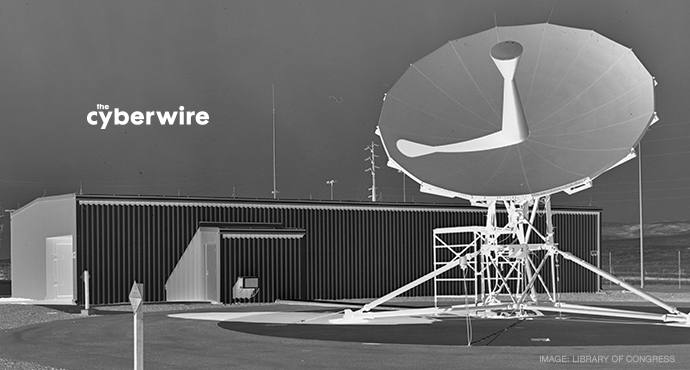
What industry sees in cyber trends.
Keeping the user in mind with respect to cyber defense.
Ntrepid’s Lance Cottrell thought, “A lot of the problems are taking place in the basic blocking and tackling. Companies bring us in to help with the browser, but we also see them having a lot of problems with keeping track of other systems, where's the perimeter, having that perimeter dissolve on them. Which is why it's important to concentrate on the endpoint, because the endpoint isn't staying inside the perimeter. A gateway works until the laptop goes to Starbucks. How do you maintain that protection? We're thinking a lot about that extension of responsibility. Governments and corporations need to think about how they can protect their own employees even when they're using their own devices at home. And it can't be in a monitoring-heavy way because no one's going to put up with that. Anything they can do to make a person safer using their computer at home, when they're accessing corporate email (as they do) is good. If an attacker can get in and get access to your email client, they get access to huge amounts of data. And everything they need to launch the perfect spearphishing attack against everyone in the company.”
Cybersecurity trends: moving from detection to self-healing and hunting.
Cottrell also find it interesting to see next-generation technologies move away from detection-based solutions to robust, self-healing architectures. “Proactive security will be the trend rather than trying to clean up after you've detected something.”
LookingGlass’s A.J. Shipley told us he’s seeing a major pivot toward “hunting.” "But hunting is for the 1%. The fact of the matter is that the rest of us are still so reactive that we don't have time to go hunting, to be proactive." The problem is that we don't have enough people to hunt effectively, and we need ways to help people deal with the threats they face. So the security is increasingly looking for technological ways of easing a tight labor market.
The cyber sector engages risk management.
There’s also a general consensus that the industry as a whole is moving toward comprehensive engagement with risk management. Bay Dynamics’ Steven Grossman said, “It's all about taking a risk-based approach. It's about incorporating everyone in the business.” FourV Systems’ Casey Corcoran and Derek Gabbard told us that it’s no longer possible for an enterprise to hide behind technology. “Cyber risk must now be managed as a business risk. That's the most profound change in the face of exponentially changing surface area, threats becoming more sophisticated, and the ability of regulators to reach board members and executives, and hold them accountable for privacy and security. It's driving the entire industry toward managing cyber security as a business risk and not a technology risk.”
Cybersecurity: "more tech, less people."
And the future of automation remains large: “More tech, less people,” as Gabbard put it. Corcoran summed up: “It's going to become the machines versus the machines.” He added that the “combination and compilation of complementary technologies into blended offerings is going to go through the roof. There will be winners and losers. If you're small, and you get put in with the right partners, the sky's the limit. If you're trying to sell directly into each enterprise, it's a tough time.”
